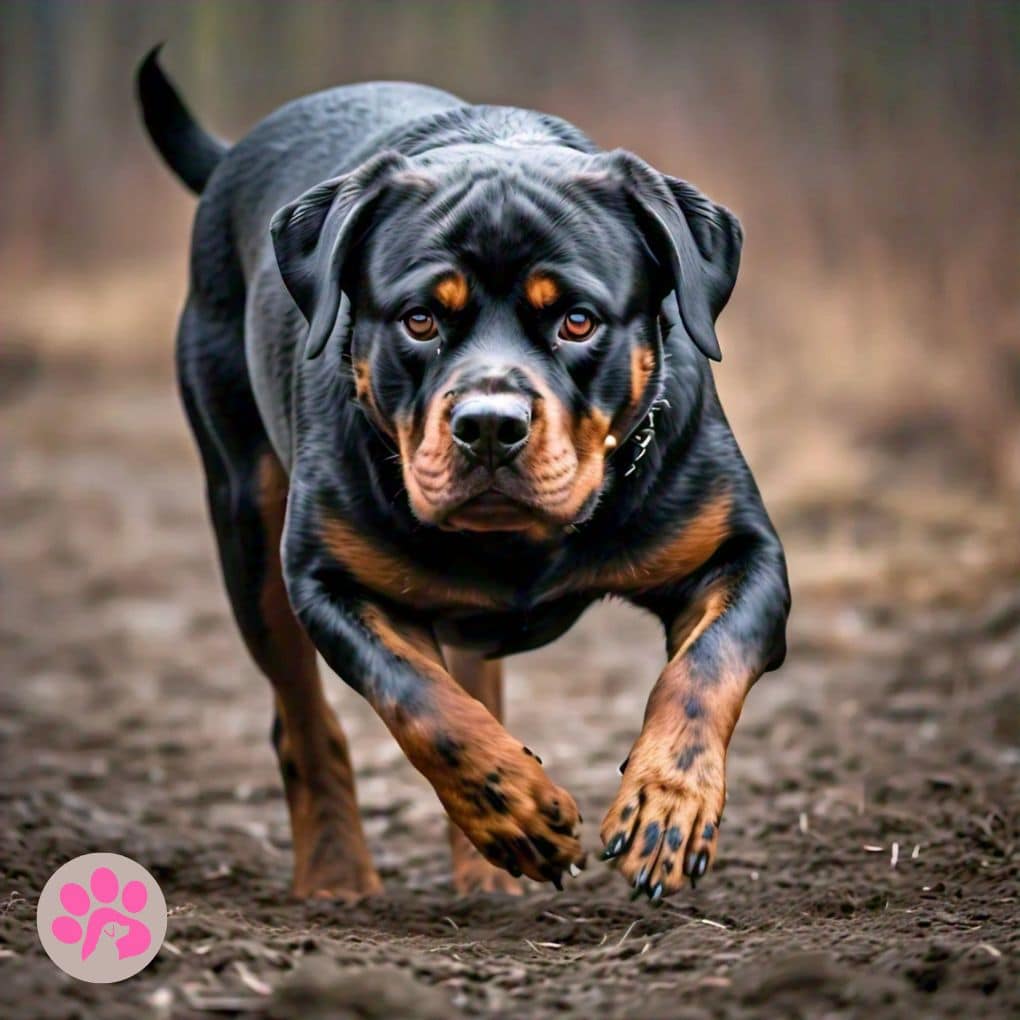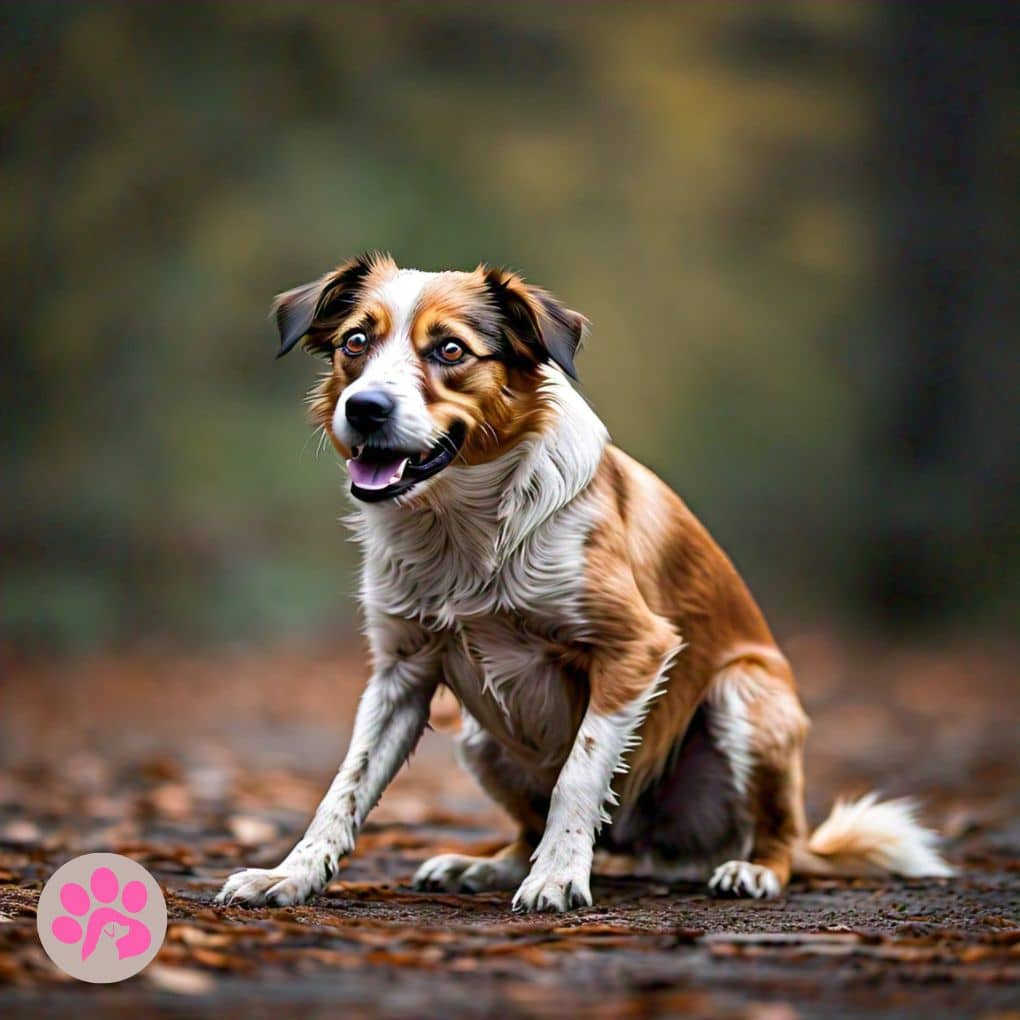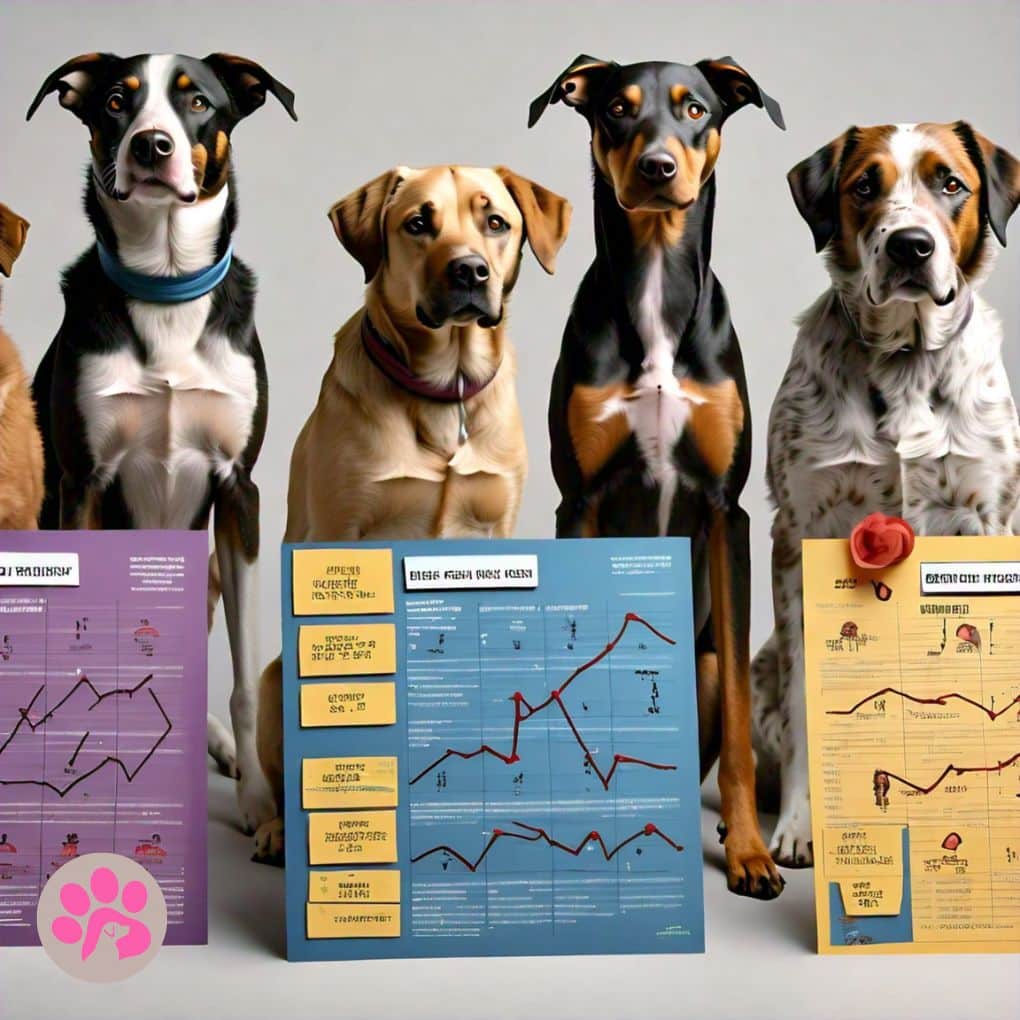As far as our four-legged companions are concerned on, How Can You Spot an ACL Injury in Your Dog? Even a slight limp can cause a great deal of anxiety. If you have seen that your dog is favoring one limb or is showing reduced enthusiasm for playtime, it may be time to check for an injury to the anterior cruciate ligament (ACL).When it comes to knee support, the anterior cruciate ligament (ACL) is the most important part. If this muscle gets hurt in your dog, it can make it much harder for them to move. Anterior cruciate ligament (ACL) injuries can happen to any baby, whether it’s a Labrador Retriever or a Bulldog. This is especially true for puppies that like to jump, run, and play hard. Be at ease, however! With the help of this guide, you will be able to recognize the symptoms of an anterior cruciate ligament (ACL) damage in dogs, allowing you to take prompt action and have your best friend back on their paws and chasing squirrels in no time at all!
Limping or Favoring One Leg:
Most of the time, your dog will limp or favor one leg as the first sign that something might be wrong with its knee. Picture this: your dog is running around with its tail waving when all of a sudden—whoa! They walk funny and look like they just stepped on a Lego. Sometimes the change is very big! They may not want to put weight on a leg or may not lift it at all.

This is their way of saying, “Hey, something hurts here!” It’s not just a cute habit; it’s their natural way of keeping themselves safe from pain. So, if your pet friend starts to limp, you should do something about it. Of course, no dog wants to miss their favorite game of fetch, and catching that limp early might help keep those paws moving!
Swelling Around the Knee Joint:
Is the area around the knee swollen? That could mean your dog hurt his ACL. Think of your dog’s knee as soft as a cookie after a day of playing. Looks bad! Inflammation, which makes your knee look swollen, can happen if you hurt your ACL. You might notice that the hurt leg is a bit bigger than the other one, or your dog might not want to let you look at their leg as much (and who can blame them?). After a rough play in the park or even a simple game of tug-of-war, this growth can happen.
You should pay close attention if you see signs of this kind of growth. Your dog will understand that it means “Yes, I am hurt!” Something is very wrong! Now is the time to help your pet get back to being fun. Take them to the vet right away. This will help you understand what’s going on.
Difficulty with Movement in ACL Injury:
Another red flag that could mean your dog has hurt its ACL is having trouble moving freely. Your dog can run around the yard like a tiny furry storm one minute and then act like a little kangaroo or have trouble getting up from a nap the next! They might not want to do things like jump on the couch or climb stairs that were easy for them before. They either don’t know or are mad that their legs don’t work like they used to.

They might even look like they don’t understand or are angry about why their legs won’t work like they used to. Pain or stiffness in the knee joint can make people not want to move around. It can make simple things feel like work. If your dog has problems moving, don’t assume it’s lazy. Be aware! It suggests they may need extra care. Visit the vet to diagnose the problem and get them back to running and playing!
Decreased Activity Level:
A decline in your dog’s activity or enthusiasm for walks and play can indicate knee problems, especially ACL damage. Imagine your energetic dog now preferring to lie on the couch rather than chase their favorite toy. If your dog has given up zoomies for snoozes, pay attention! Behavior changes often signal knee pain. They used to jump at their leash, but now they look weary. Aversion to fetching or daily walks may indicate knee pain. Take note of this excitement dip! Medical exams can diagnose issues and bring your dog back to playing.
Abnormal Posture or Stance in ACL Injury:
AYOur dog may have hurt his ACL if he has a strange pose or stance. They might stand with their leg up, like a “fashion model,” or with their leg bent, like a “frog leg,” so the hurt limb is away from their body. They chose this strange position to keep the hurt knee safe and avoid putting too much weight on it.
Though comical, it’s serious business for your dog! Dogs instinctively modify their posture to relieve pain, so odd sitting or lying down is a sign of trouble. If your dog looks like a pretzel, investigate. Visit the vet to check for an ACL injury so your pet can resume their confident self!

Creaking or Popping Sounds:
Creaking or cracking sounds throughout your dog’s movements may indicate an ACL injury. If you’ve heard those noises while your dog plays or wakes up from a slumber, you may be surprised! Imagine your dog jumping into action to a chorus of clicks and clacks from their joints—it’s like they have a soundtrack!
Most of the time, tendon damage makes the knee joint unstable, so these sounds could mean there is a problem. Some sounds aren’t dangerous, but sudden popping or creaking, especially if it’s followed by limping or not wanting to walk, is a sign that something is wrong. You should take your dog to the vet if it makes these sounds. They will figure out what’s wrong and give your pet the care it needs to stay healthy and happy.
Pain Response in ACL Injury:
A dog’s pain response may indicate an ACL injury. When your dog flinches, growls, or pulls away when you carefully examine their knee, they’re expressing, “Hey, that hurts!” Dogs are great at masking their discomfort, but when they respond to contact or resist movement, it’s a sign.
